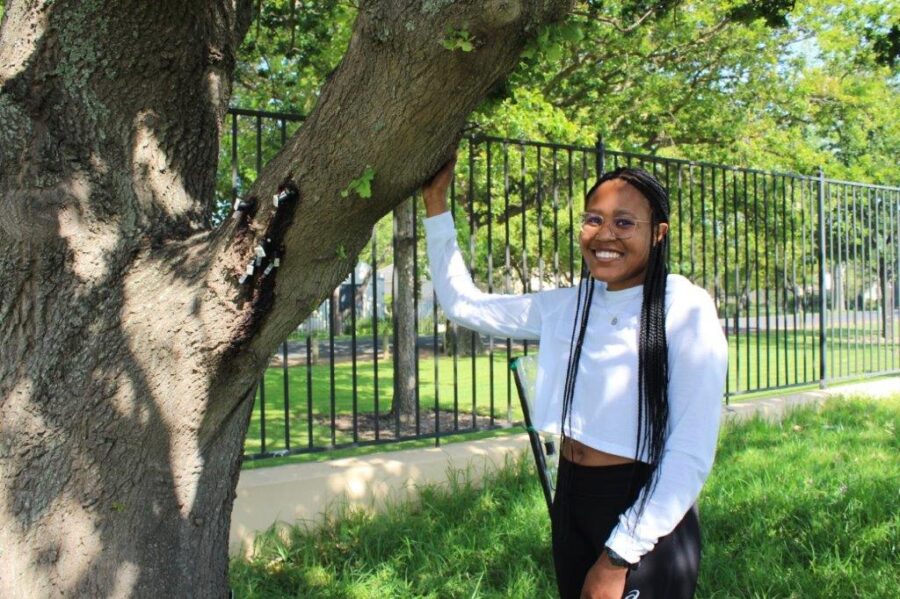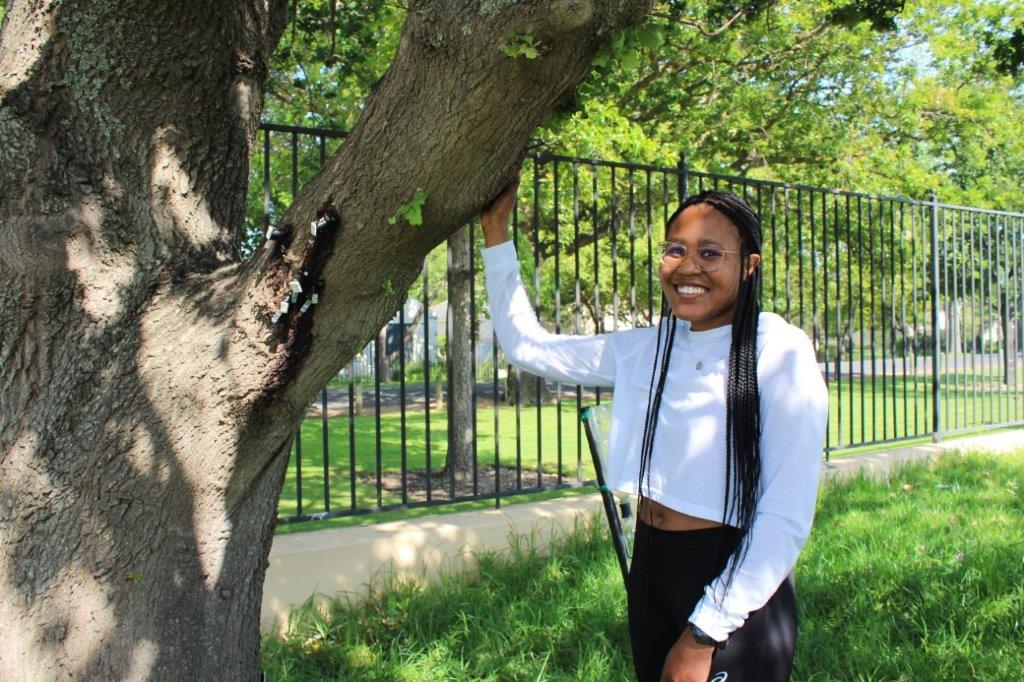
Study on Wine Farm Vergelegen Tackles Tree-Destroying Beetle
Many of South Africa’s most beautiful and ancient trees and forests are in deadly danger of being destroyed by an invasive beetle. The good news, however, is that research at one of the country’s leading wine farms, renowned for its agricultural and horticultural research since 1700, could help defeat this dreaded pest. The polyphagous shot […]

Many of South Africa’s most beautiful and ancient trees and forests are in deadly danger of being destroyed by an invasive beetle. The good news, however, is that research at one of the country’s leading wine farms, renowned for its agricultural and horticultural research since 1700, could help defeat this dreaded pest.

The polyphagous shot hole borer (PSHB) beetle comes from Southeast Asia and was first discovered in South Africa in 2017. The female beetle infests trees with a fungus ‒ they feed on this fungus, not the wood ‒ and the fungus eventually kills the trees. It has already caused devastation in gardens, parks and urban forests. Durban, Pietermaritzburg, Hartbeesfontein, Bloemfontein, Ekhurhuleni, Jankempdorp, Sandton and Sedgefield are among the hardest-hit areas.
The beetle has been recorded in all nine provinces except Limpopo, and the list of infected trees is ever expanding. Some of the most susceptible trees are American sweetgum, Japanese maple, Chinese maple, box elder and English oak. Alarmingly, the PSHB beetle is also penetrating into the indigenous forests of Durban, Knysna and George.

On a more positive note, scientists have the beetle in their sights. One is Heather Nependa from the Department of Conservation Ecology and Entomology in the Faculty of AgriScience at Stellenbosch University. She is undertaking research on the pest for her doctoral thesis.
Nependa’s research site is 320-year-old Vergelegen wine estate in Somerset West, which has pioneered agricultural and horticultural testing since Cape Governor Willem Adriaan van der Stel established it as a model farm in 1700. Van der Stel experimented with grape vine and tree varieties, even investigating mulberry trees for silk production.

More recently, since 1999 with Pretoria University, Vergelegen has led research into leaf-roll virus, which is specific to grapevines and affects most vineyards in the country. Vergelegen also completed the largest privately funded alien vegetation clearing project in the country, in 2018, and has been the site of numerous masters and doctoral theses on topics ranging from grasses and dragonflies to bontebok and eland.
Says Vergelegen Risk and Commercial Manager Leslie Naidoo: “We are the custodians of a wonderful tree collection, including five Camphor trees planted by van der Stel, and an English oak believed to be the oldest oak tree in South Africa. Unfortunately, several of our tree species are potential PSHB hosts. These include, but are not limited to, London plane, English oak, sweetgum, willow and maple trees.”
On the other hand this suits scientists, says Nependa, as the history and biosphere of Vergelegen are “a microcosm of urban and peri-urban areas in South Africa. This allows for extensive research on the beetle and its potential impact on the country.”

Naidoo recalls that the PSHB Research Network first confirmed the beetle on several tree species in Somerset West on 8 April 2019. The estate put strict measures in place to avoid contamination. These ranged from banning the transport of firewood into the estate, to installing monitoring traps and repellent on the farm border.
Hot summer days boosted beetle infestation in the town, however, and, to their horror, Vergelegen management found that the beetle had penetrated their defences in February this year.
Nependa says the main aims and objectives of her research include:
- Establishing a monitoring and early detection scheme: Learning more about the life history of the beetle, how it spreads, and the symptoms of damage on different tree species. This will shed light on how fast the infestation is spreading.
- Unravelling the PSHB-fungus-tree relationship: The aim is to find out more about the life history of the PSHB and its associated fungus and how this affects trees.
- Testing the effectiveness of lures and repellents.
- Testing potential pesticides: Two types of pesticides (insecticides and fungicides) will be tested and their side-effects and appropriateness thoroughly reviewed.
- Collecting and analysing data in the field for a PSHB management plan geared to South African conditions.
Assisted by two Conservation Ecology and Entomology fourth year students, Nependa has already produced an inventory of 1010 Vergelegen trees.
This data, including measurements of the diameter of each tree and its reproductive state, has been submitted to the i-treetools.org website. This site has free software developed in the United States for assessing and managing forests and community trees and peer review feedback will be welcome.
Visitors to the estate can also spot two types of trap used to monitor and collect the PSHB. The simplest design uses one- and twoli-tre plastic bottles, fitted with a chemical lure, tied to 1.5m steel rods. There are 50, possibly keeping the beetles away from the trees.
The second type of trap has been 3D-printed and is secured over holes made by the beetles on the trees. Steel mesh is placed over each opening to stop them from escaping. All traps are inspected every two weeks and contents are delivered to the University for Inspection and identification.
“An important next step is to map out invasion pathways and determine what drives dispersal,” says Nependa. Temperature logging buttons will be placed at each of the sampling sites, to help track how climate changes affect beetle dispersal. This data will also be important for lab experiments on beetle and fungus biology and physiology.
“Despite an established and expanding host list, the PSHB still seems to select hosts indiscriminately,” says Nependa. “This will involve growing the fungus in the lab and experimenting with plant nutrients and plant volatiles to determine the criteria required for successful fungus establishment. This information will also help further model the impact and potential distribution of the PSHB. This will ideally be modelled for the greater Somerset West area to include more hosts.”
Says Leslie Naidoo: “Vergelegen has a long-standing relationship with Stellenbosch University and we are delighted to host Heather. Like many South Africans, we are passionate about our trees and are eager to learn more about this pest and how we can stop it in its tracks.”
The project will run until June 2022. Findings will be documented and made available to interested parties via the Stellenbosch University’s Department of Conservation Ecology and Entomology.
Source: Progress report on PSHB research at Vergelegen Wine Estate, Heather UJ Nependa, with associated references. To find out more about the beetle: https://polyphagous-shot-hole-borer.co.za/pshb/ https://www.fabinet.up.ac.za/pshb
